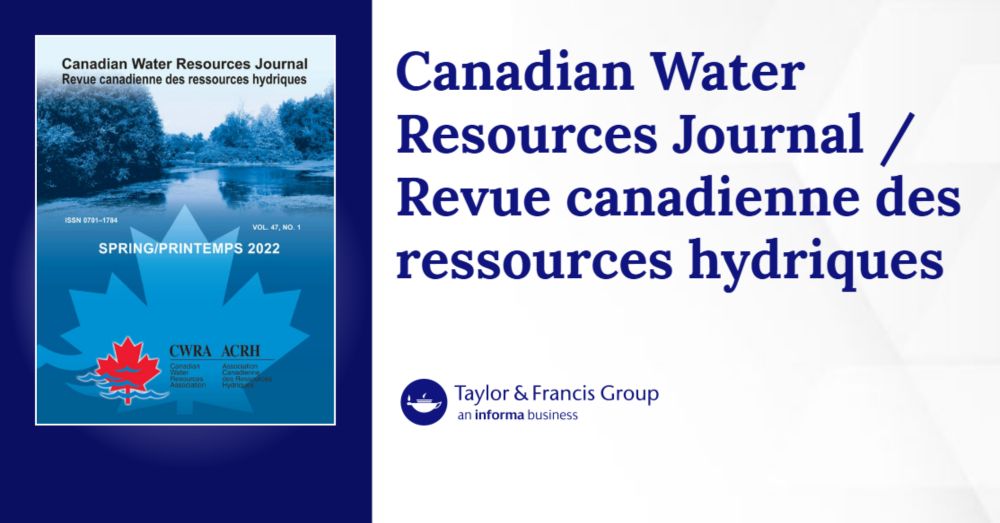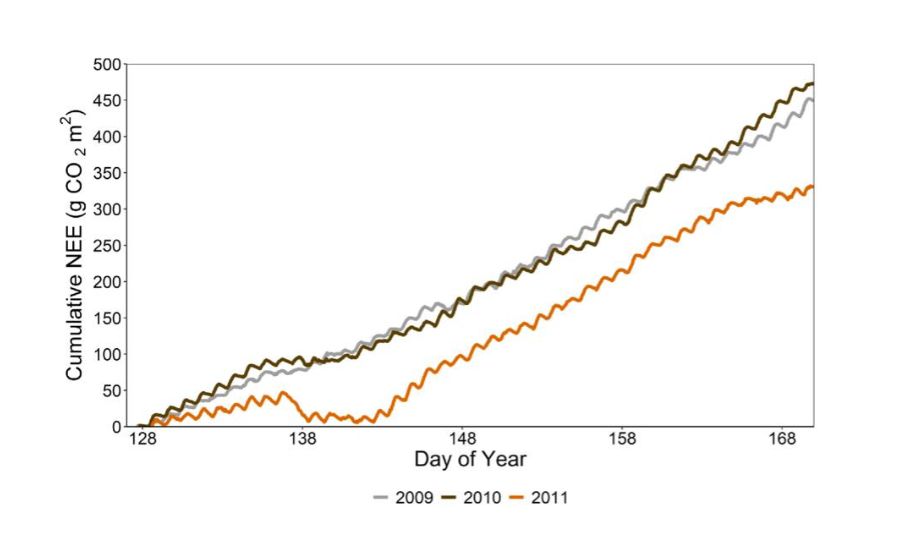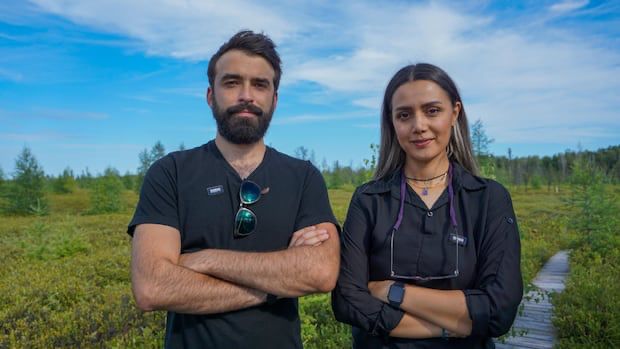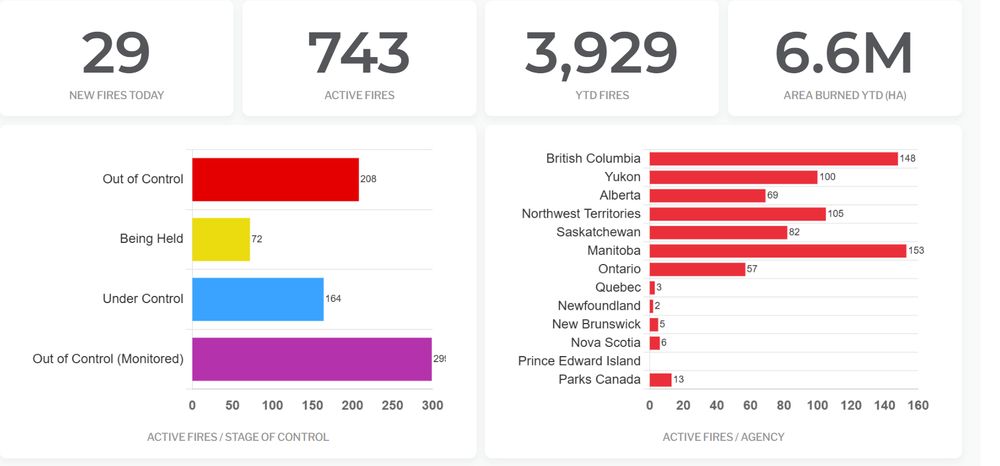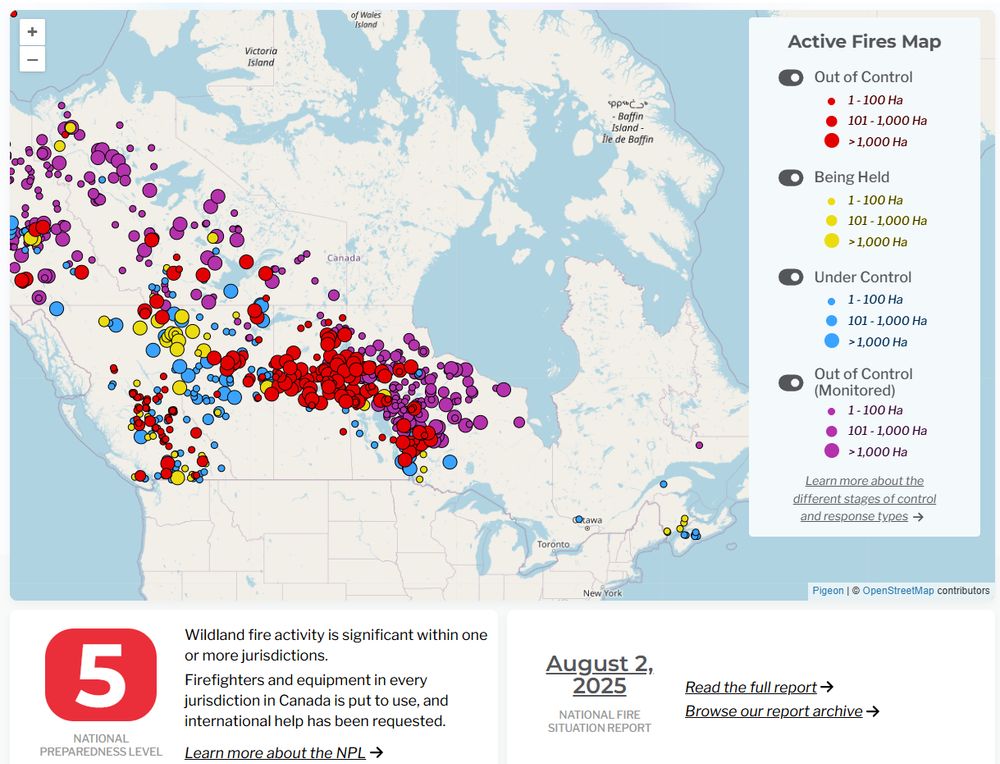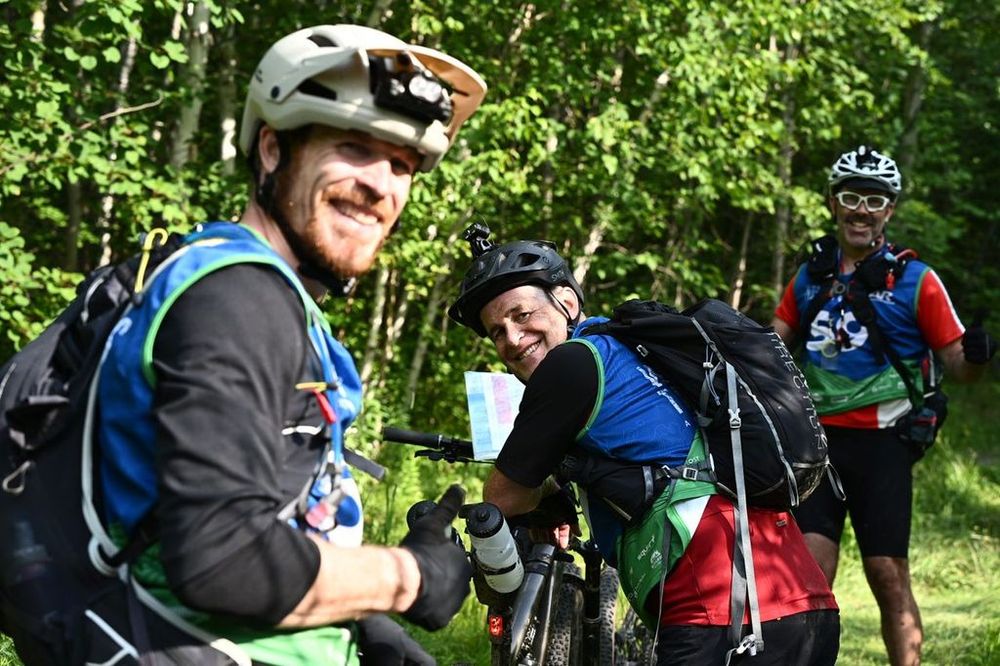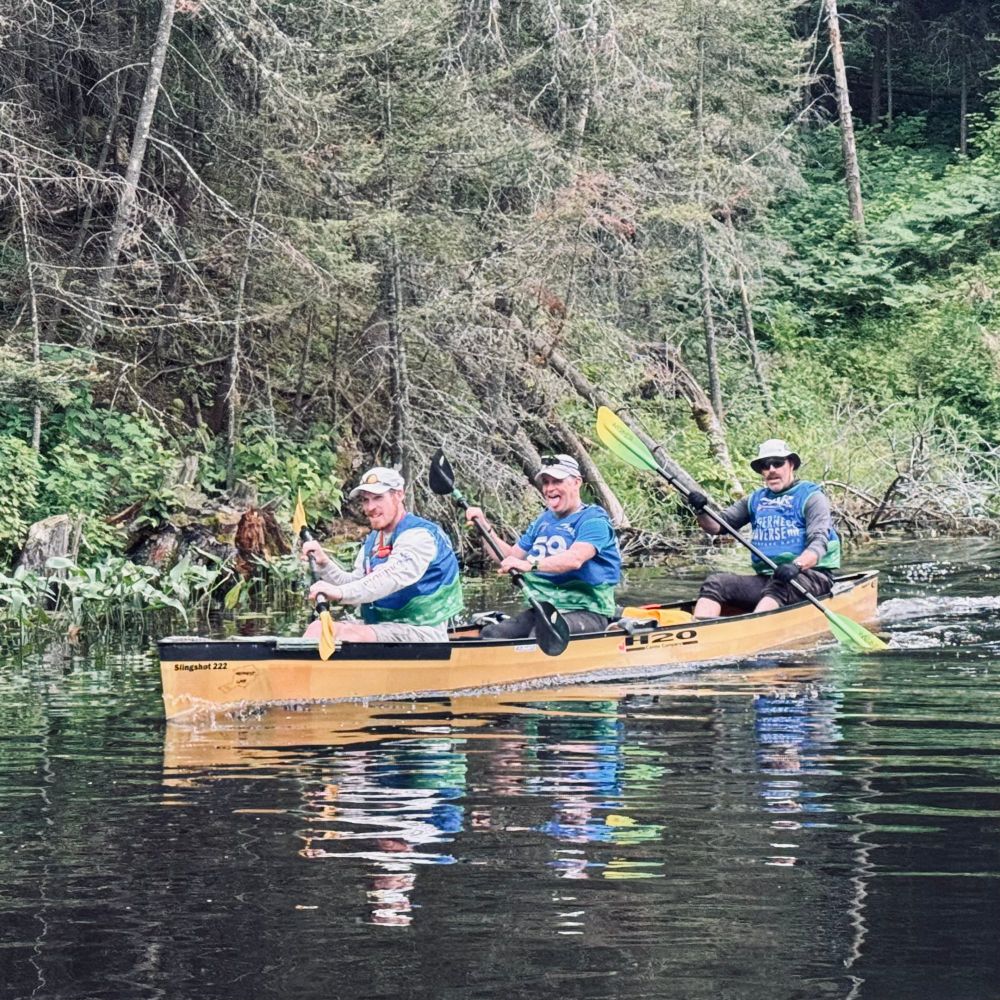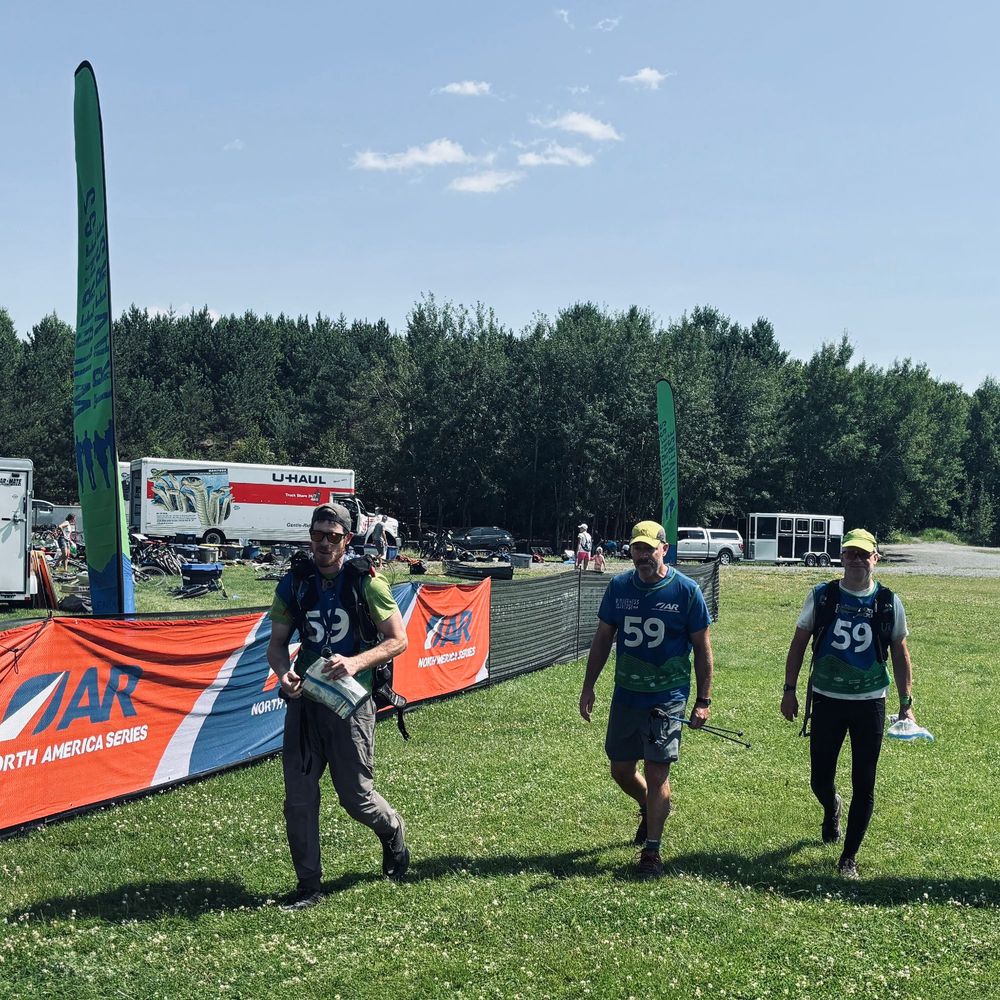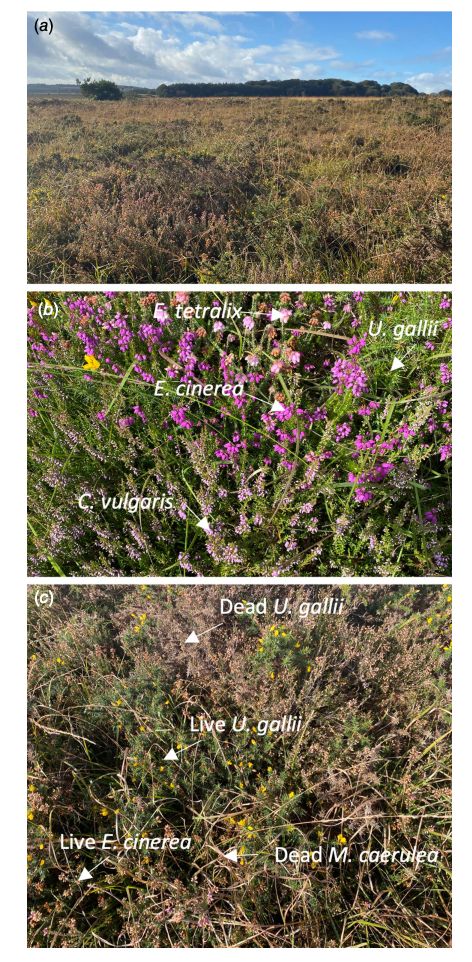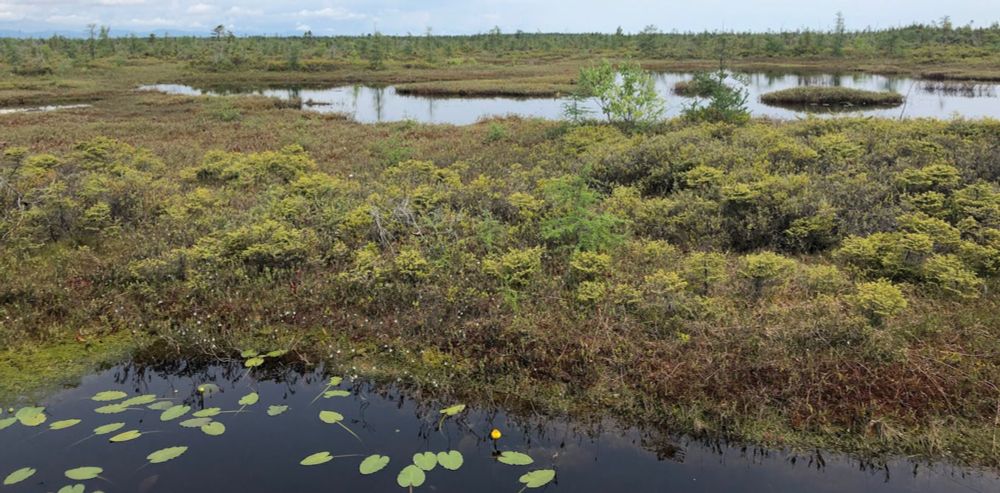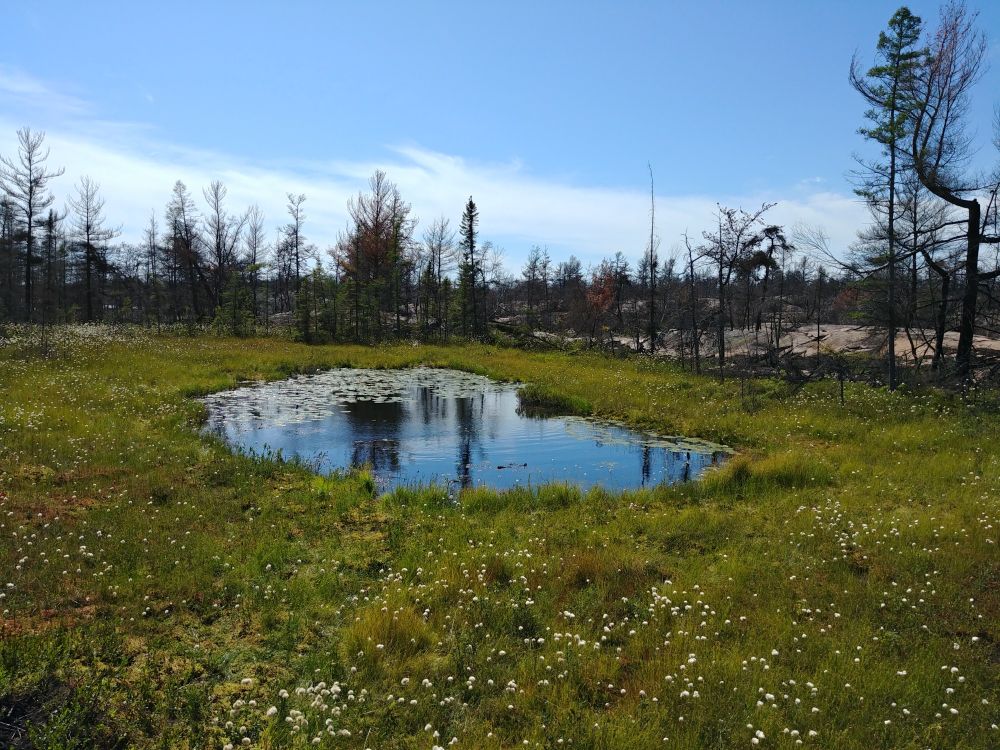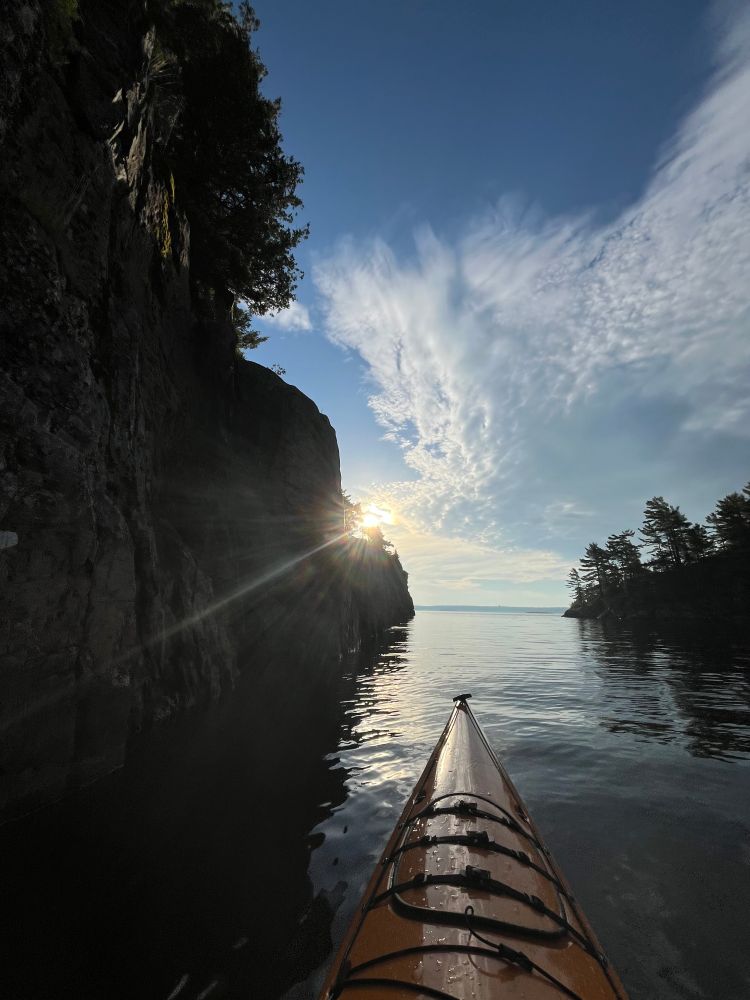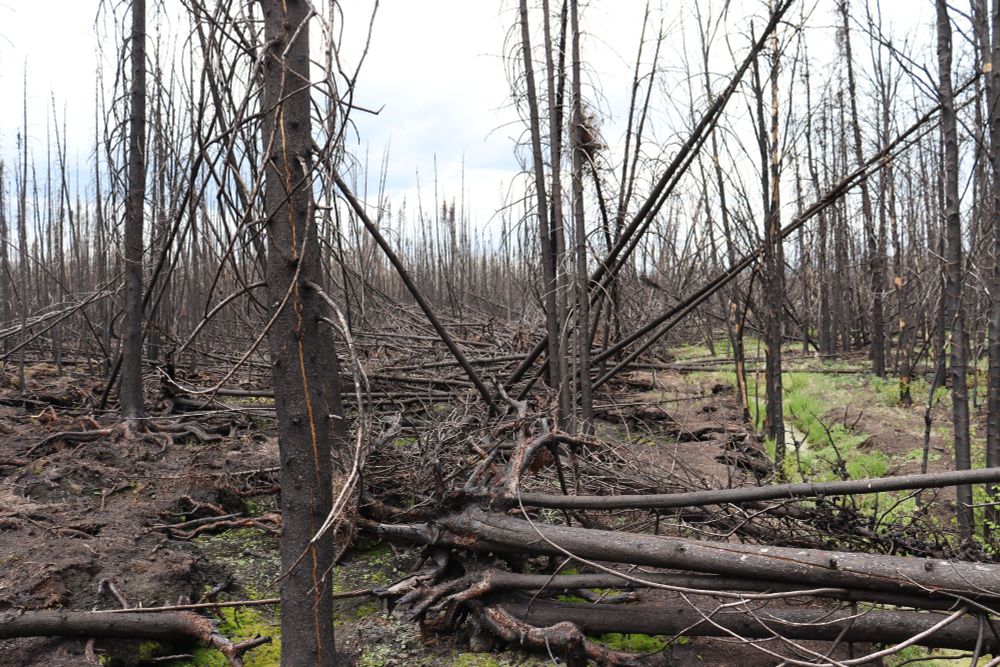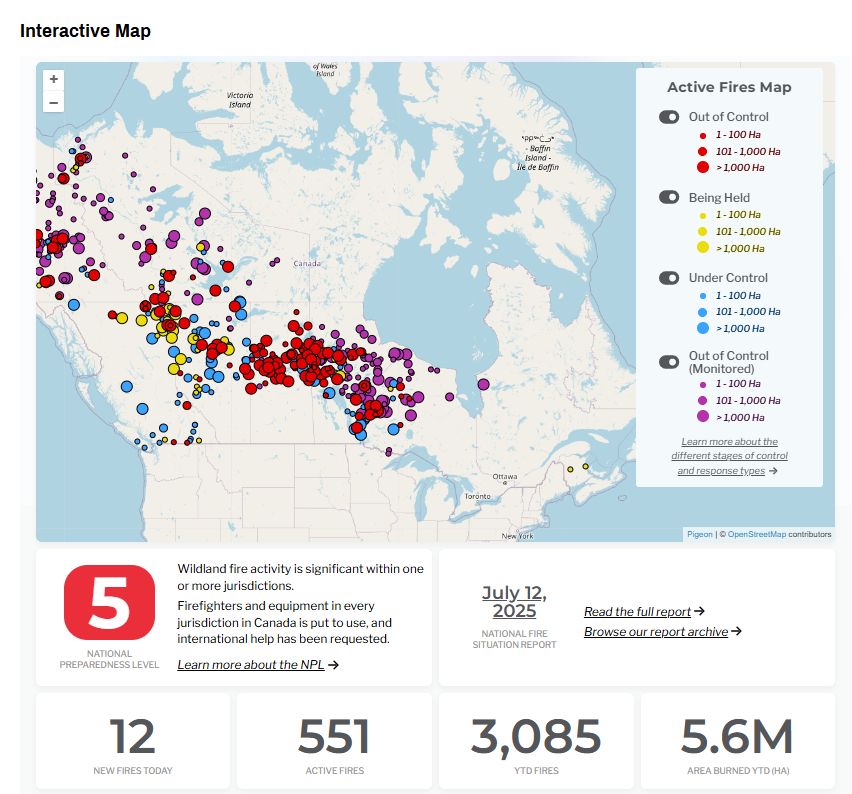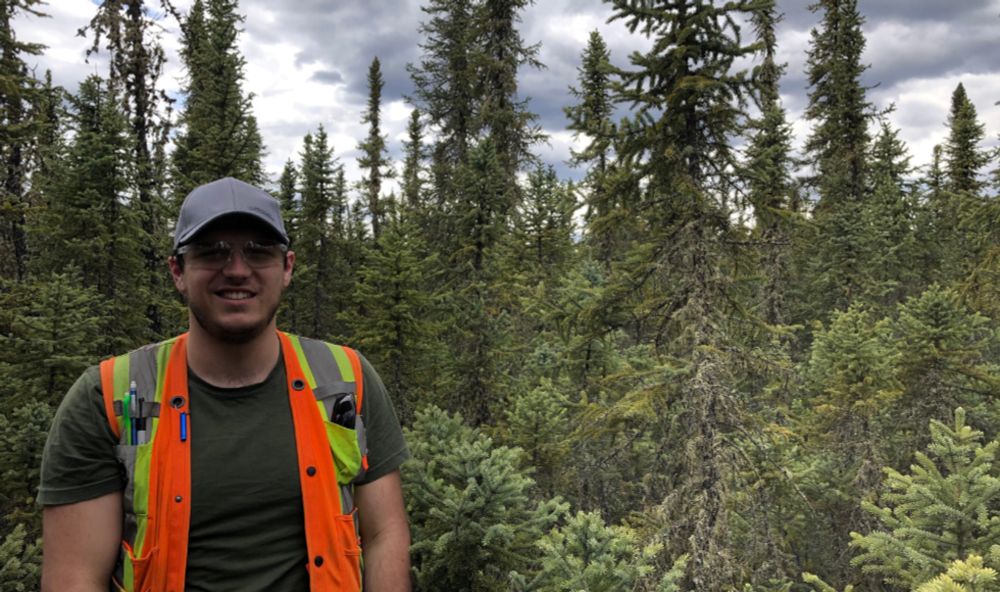Mike Waddington 🇨🇦
@peatofmind.bsky.social
5.3K followers
280 following
110 posts
Canada Research Chair in Ecohydrology | School of Earth, Environment & Society | McMaster University | peatlands | ecohydrology | wildfire | drought | restoration | Nobel Peat Prize | https://www.mcmasterecohydrology.ca/ |
Hobbies:🧭 🏃♂️🛶🗺️🚴🏼
Views are my own
Posts
Media
Videos
Starter Packs
Reposted by Mike Waddington 🇨🇦
Reposted by Mike Waddington 🇨🇦
Reposted by Mike Waddington 🇨🇦
Reposted by Mike Waddington 🇨🇦
Reposted by Mike Waddington 🇨🇦
Reposted by Mike Waddington 🇨🇦
Reposted by Mike Waddington 🇨🇦
Reposted by Mike Waddington 🇨🇦
Greg Verkaik
@gregverkaik.bsky.social
· Jul 21
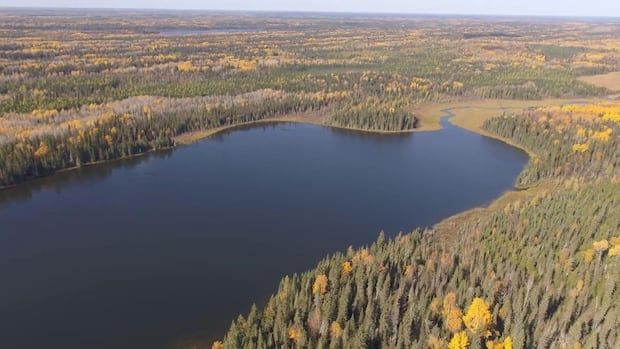
Carbon emissions from Canada's wildfires are spiking. But that's not counting our vast peatlands | CBC News
A new government model to estimate peatland emissions and their impact on climate change could provide a new perspective on the problem — and spark new discussions about solutions.
www.cbc.ca
Reposted by Mike Waddington 🇨🇦
Reposted by Mike Waddington 🇨🇦





